Bio Coal Briquettes
Price 1000 INR/ Kilograms
Bio Coal Briquettes Specification
- Dimension (L*W*H)
- Different available Millimeter (mm)
- Material
- Wood
- Shape
- Briquette
- Moisture (%)
- Nil
- Sulphur Content (%)
- 0.8
- Phosphorus Content (%)
- 0.035
- Volatile Matter (%)
- 2.0
- Weight
- As per requirement Kilograms (kg)
Bio Coal Briquettes Trade Information
- Minimum Order Quantity
- 1000 Kilograms
- Payment Terms
- Cash in Advance (CID)
- Supply Ability
- 5000 Kilograms Per Month
- Delivery Time
- 7 Days
- Main Domestic Market
- All India
About Bio Coal Briquettes
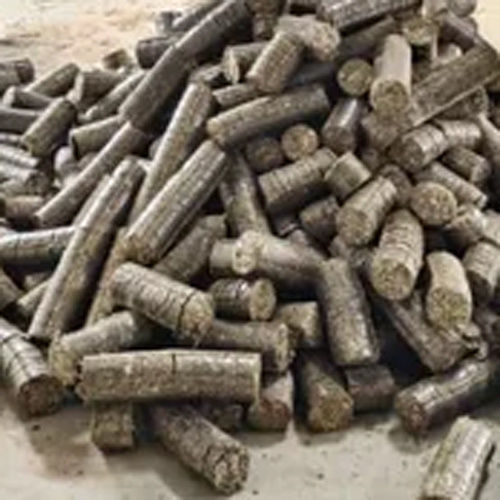
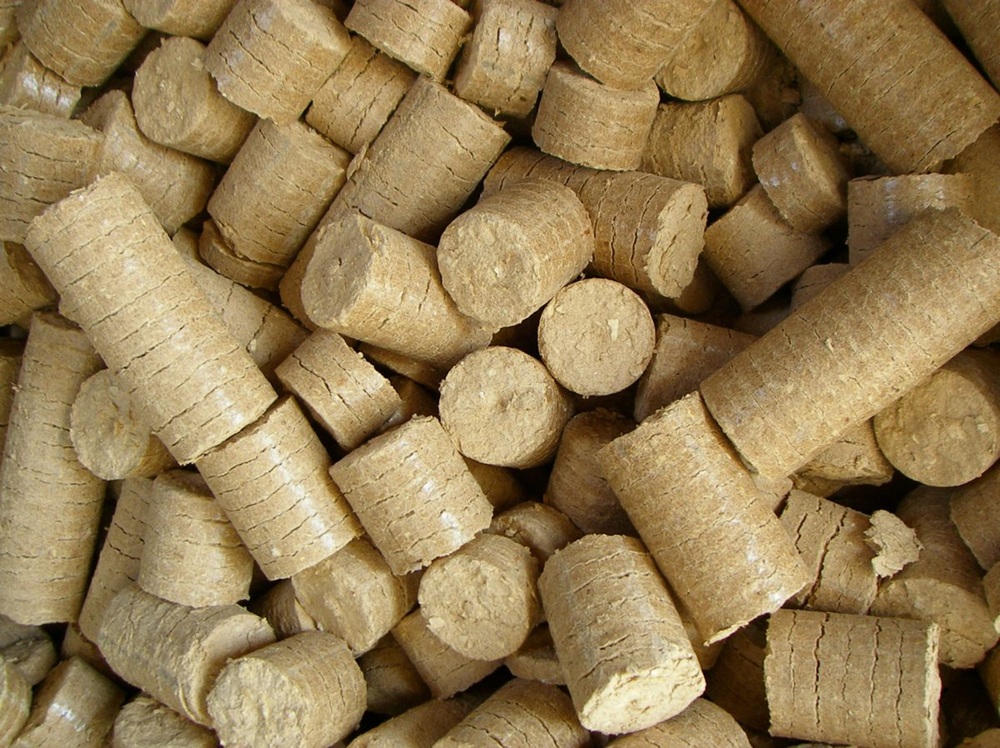
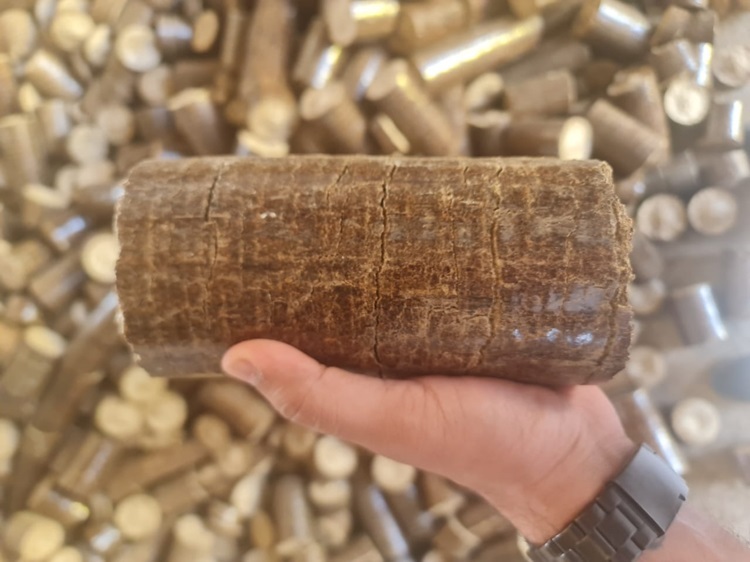
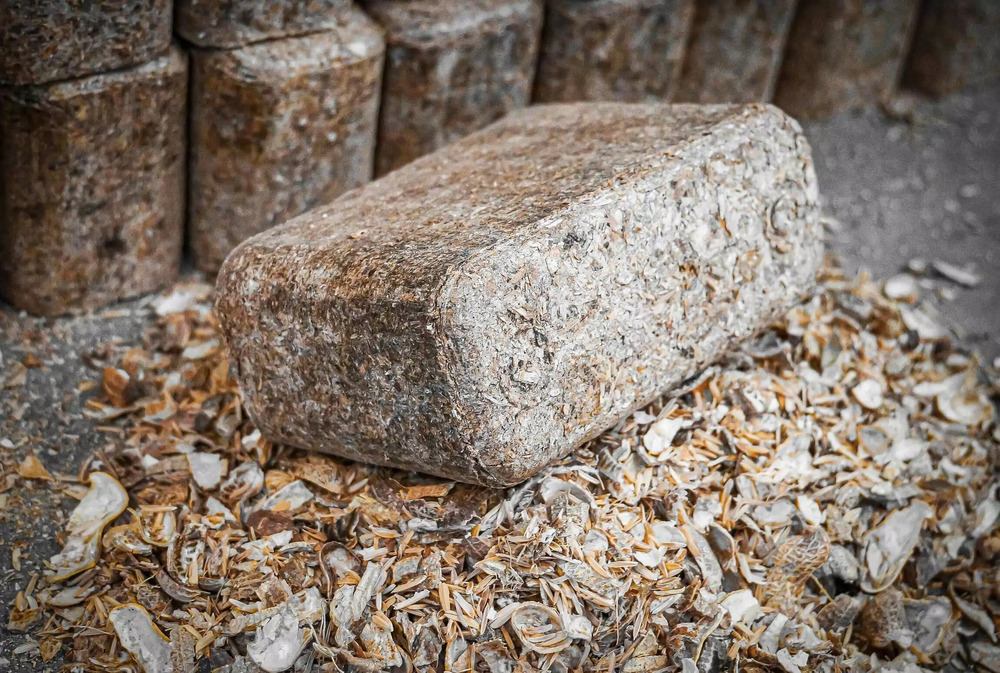
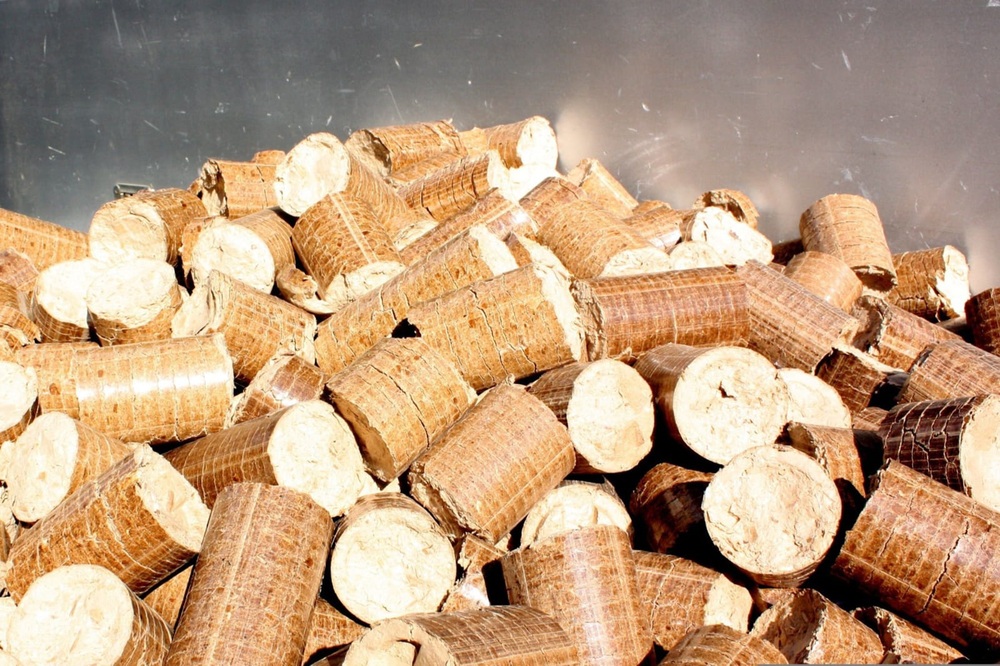


Price:
- 50
- 100
- 200
- 250
- 500
- 1000+
More Products in Biomass Briquettes Category
Industrial White Coal
Price 1000 INR / Kilograms
Minimum Order Quantity : 1000 Kilograms
Material : Wood
Weight : As per requirement Kilograms (kg)
Moisture (%) : Nil
Dimension (L*W*H) : Different available Millimeter (mm)
High Grade Bio Coal
Price 1000 INR / Kilograms
Minimum Order Quantity : 1000 Kilograms
Material : Wood
Weight : As per requirement Kilograms (kg)
Moisture (%) : Nil
Dimension (L*W*H) : Different available Millimeter (mm)
Bio Coal Briquettes
Price 1000 INR / Kilograms
Minimum Order Quantity : 1000 Kilograms
Material : Wood
Weight : As per requirement Kilograms (kg)
Moisture (%) : Nil
Dimension (L*W*H) : Different available Millimeter (mm)
Biofuel Briquettes
Minimum Order Quantity : 1000 Kilograms
Material : Wood
Weight : As per requirement Kilograms (kg)
Moisture (%) : Nil
Dimension (L*W*H) : Different available Millimeter (mm)

 Send Inquiry
Send Inquiry






 Send Inquiry
Send Inquiry